1 modify the host name of the server
[Root @ localhost ~] # vim / etc / sysconfig / network
NETWORKING = yes
HOSTNAME = localhost.localdomain
HOSTNAME = OpenSIPS.clvn.com.cn
2 Check the status of NetworkManager service
[Root @ localhost ~] # service NetworkManager status
NetworkManager (pid 2945) is running ...
3 The NetworkManager service shutdown
[Root @ localhost ~] # service NetworkManager stop
Stop NetworkManager daemon: [OK]
4 Set NetworkManager service automatically shut down when the power
[Root @ localhost ~] # chkconfig --level 35 NetworkManager off
5 See NetworkManager service is automatically turned off when the power is
[Root @ localhost ~] # chkconfig --list NetworkManager
NetworkManager 0: off 1: off 2: Enable 3: Off 4: Enable 5: Off 6: Close
6 Configure the IP address
[Root @ localhost ~] # vim / etc / sysconfig / network-scripts / ifcfg-eth0
DEVICE = eth0
HWADDR = 00: 0C: 29: 6C: A2: 40
TYPE = Ethernet
UUID = 9b5a23e3-7c38-4b6e-b7ac-088f33c8727b
ONBOOT = yes
NM_CONTROLLED = no
BOOTPROTO = none
IPADDR = 192.168.0.28
NETMASK = 255.255.255.0
IPV6INIT = no
USERCTL = no
7 Set the mappings between host names and IP addresses
[Root @ localhost ~] # vim / etc / hosts
127.0.0.1 localhost localhost.localdomain localhost4 localhost4.localdomain4
:: 1 localhost localhost.localdomain localhost6 localhost6.localdomain6
192.168.0.28 OpenSIPS.clvn.com.cn OpenSIPS
8 Restart the server
[Root @ localhost ~] # reboot
9 Check the host name
[Root @ OpenSIPS ~] # hostname
OpenSIPS.clvn.com.cn
10. View ip address is to take effect
[Root @ OpenSIPS ~] # ifconfig eth0
eth0 Link encap: Ethernet HWaddr 00: 0C: 29: 5B: 82: 3D
inet addr: 192.168.0.28 Bcast: 192.168.0.255 Mask: 255.255.255.0
inet6 addr: fe80 :: 20c: 29ff: fe5b: 823d / 64 Scope: Link
UP BROADCAST RUNNING MULTICAST MTU: 1500 Metric: 1
RX packets: 0 errors: 0 dropped: 0 overruns: 0 frame: 0
TX packets: 11 errors: 0 dropped: 0 overruns: 0 carrier: 0
collisions: 0 txqueuelen: 1000
RX bytes: 0 (0.0 b) TX bytes: 746 (746.0 b)
11 packages to install opensips depends
[Root @ OpenSIPS ~] # yum -y install gcc make
[Root @ OpenSIPS ~] # yum -y install flex bison ncurses ncurses-devel openssl-devel zlib-devel
[Root @ OpenSIPS ~] # yum -y install mysql mysql-server mysql-libs mysql-devel
12 View opensips Packages
[Root @ OpenSIPS ~] # cd / usr / local
[Root @ OpenSIPS local] # ls
bin games lib libexec sbin src
etc include lib64 opensips-1.11.1_src.tar.gz share
Unzip the package 13
[Root @ OpenSIPS local] # tar -zxvf opensips-1.11.1_src.tar.gz
14 See unpacked generated directory
[Root @ OpenSIPS local] # ls
bin games lib libexec opensips-1.11.1-tls share
etc include lib64 opensips-1.11.1_src.tar.gz sbin src
15. view the directory currently resides
[Root @ OpenSIPS opensips-1.11.1-tls] # pwd
/usr/local/opensips-1.11.1-tls
16. compilation
[Root @ OpenSIPS opensips-1.11.1-tls] # make prefix = / all include_modules = "db_mysql"
17 installation
[Root @ OpenSIPS opensips-1.11.1-tls] # make prefix = / install include_modules = "db_mysql"
18. modify the configuration file
[Root @ OpenSIPS ~] # vim / etc / opensips / opensipsctlrc
## Database host
DBHOST = 192.168.0.28
## Database name (for ORACLE this is TNS name)
DBNAME = opensips
# Database path used by dbtext or db_berkeley
# DB_PATH = "/ usr / local / etc / opensips / dbtext"
## Database read / write user
DBRWUSER = opensips
## Password for database read / write user
DBRWPW = "opensipsrw"
## Database super user (for ORACLE this is 'scheme-creator' user)
DBROOTUSER = "root"
19 Creating a Database

20. Log Database
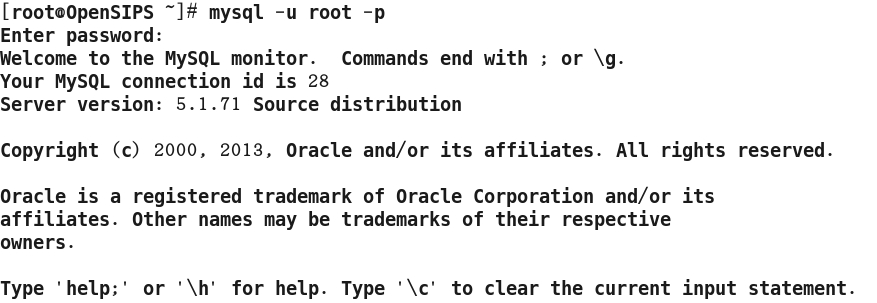
21. view database
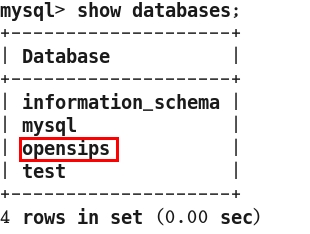
22. switch databases

23 View database tables
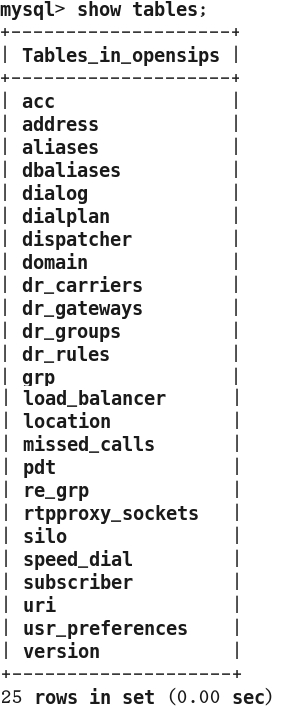
24. configure opensips

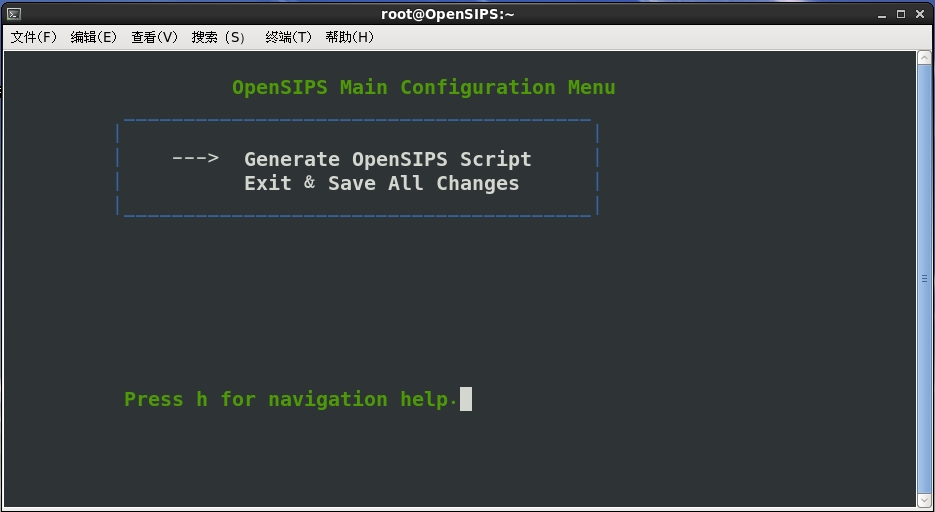
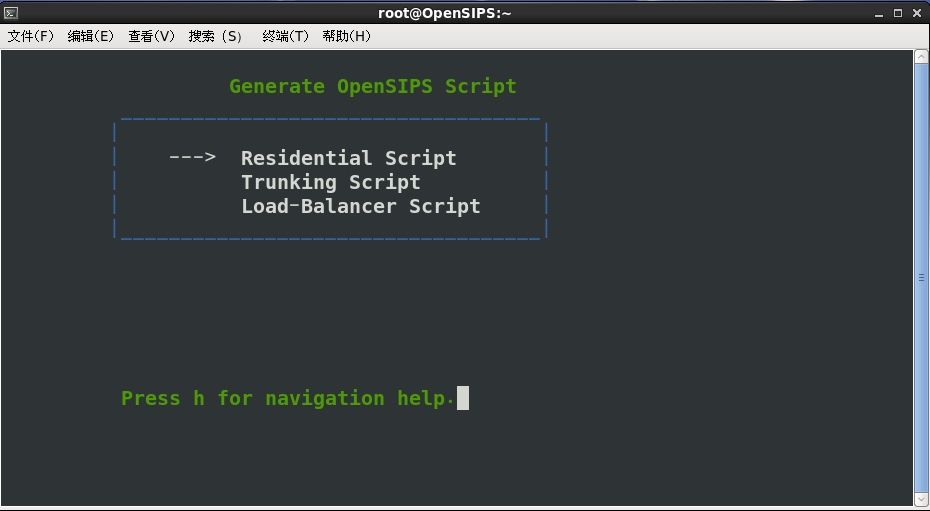
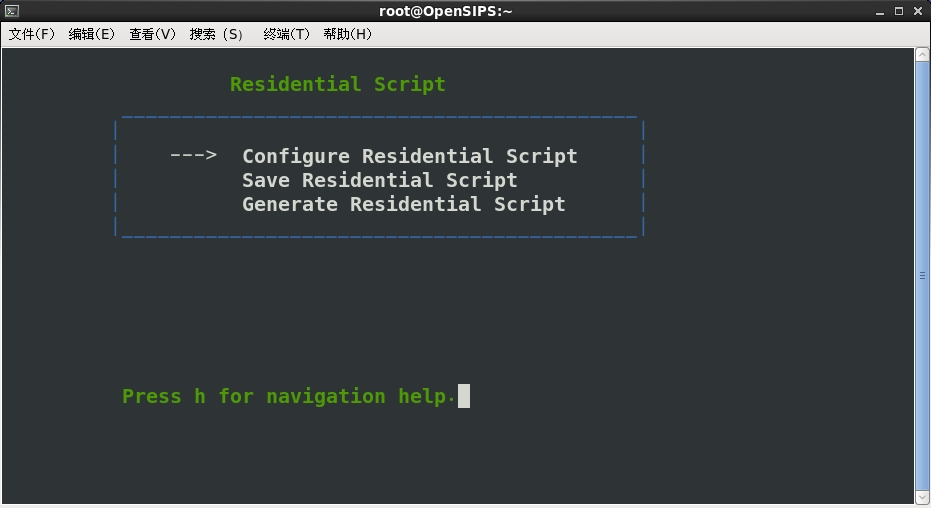
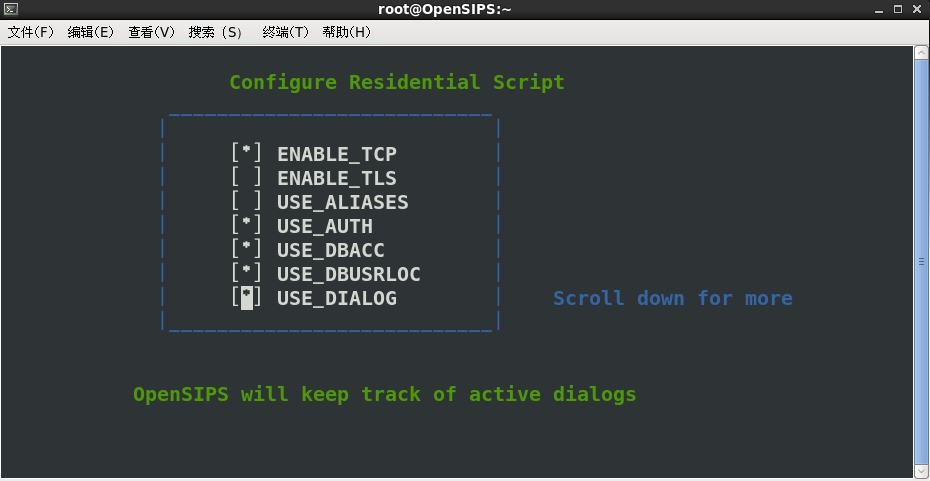
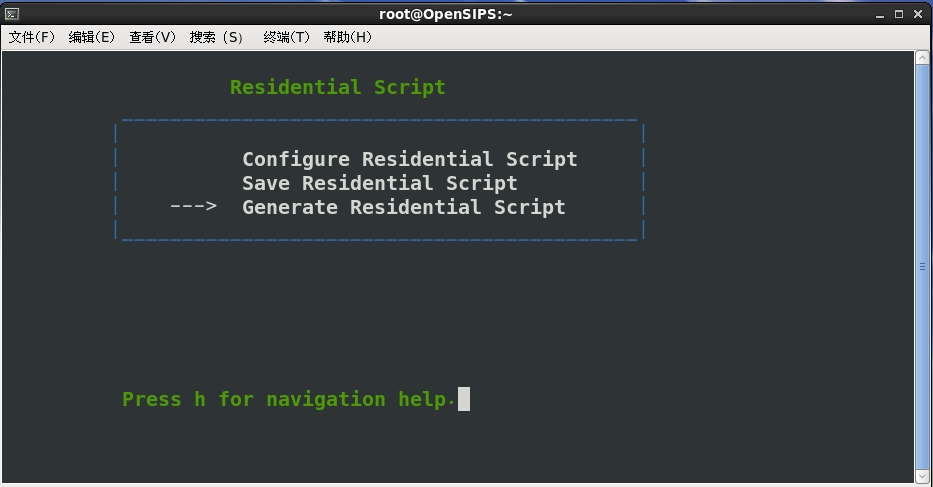
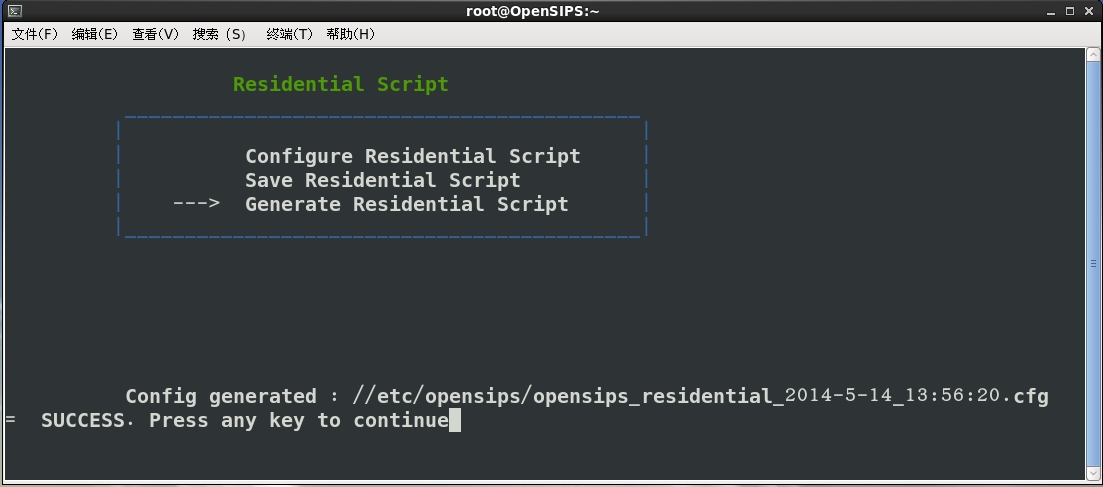
25. View generated configuration file


26. the original configuration file ***

27 will generate configuration files into the default configuration file

28. see if the change is successful

29. modify the configuration file as follows
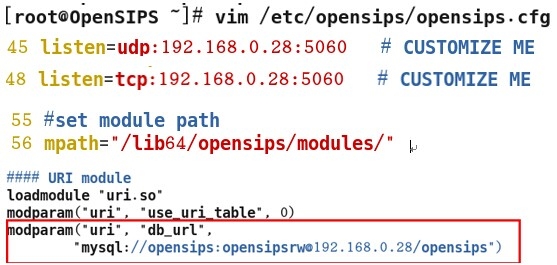
29. start opensips

30. View opensips whether to start a successful

This article comes from " Cloud Life "blog, be sure to keep this sourcehttp://ovcer.blog.51cto.com/1145188/1421886